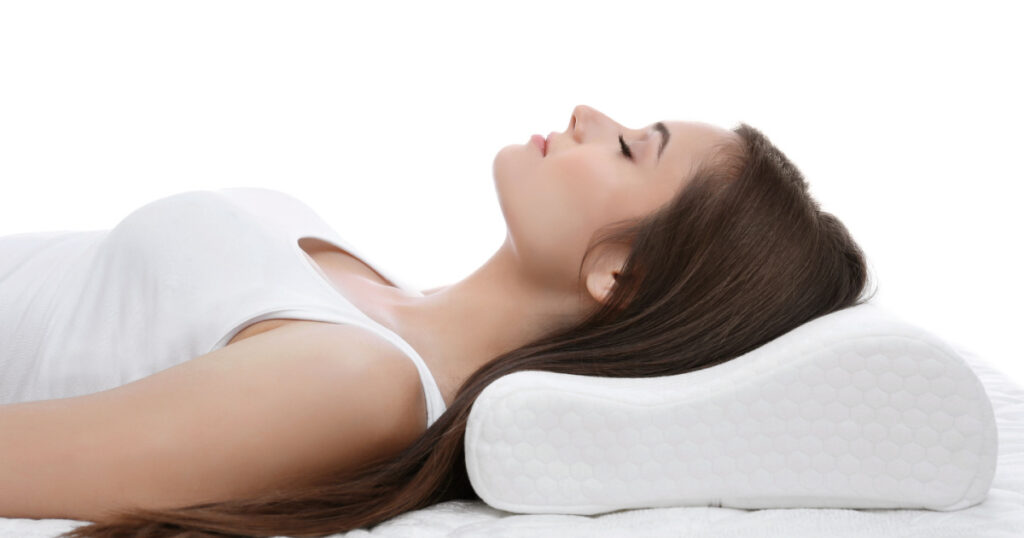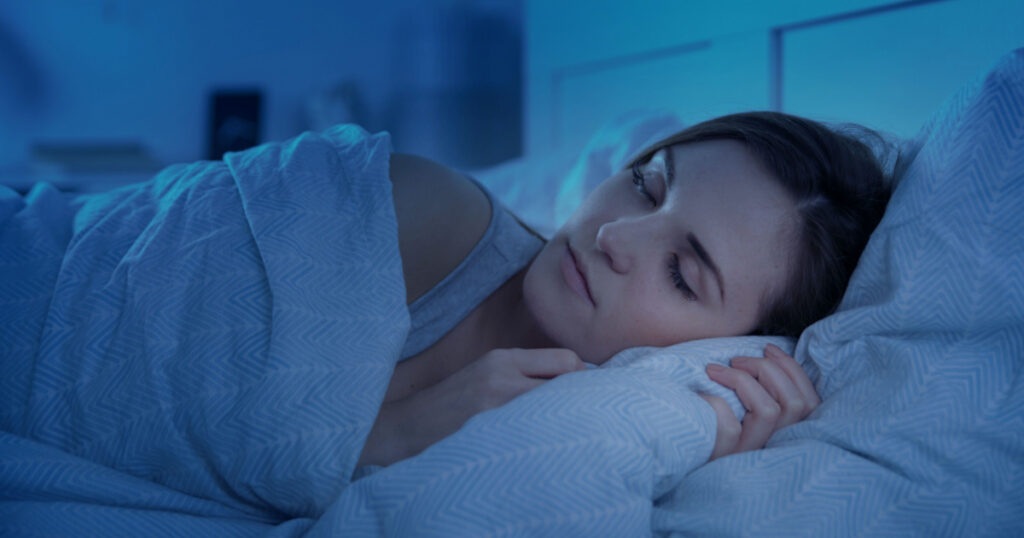How do you prefer to fall asleep—on your back, curled up on your side, or maybe sprawled out face-down? While we all have our favorite sleeping positions, you might not realize just how much your posture during sleep can affect your overall health. Not only does your sleep position impact your comfort, but it can also influence your spine alignment, breathing, and even your skin. Let’s take a deeper look into how different sleeping positions can affect your health and which ones might be the best for you.
The Fetal Position: Comfort with a Few Caveats

The fetal position, where you sleep curled up on your side with your knees drawn towards your chest, is by far the most popular sleeping position. Nearly 40% of adults prefer this position, and it offers a range of benefits. If you suffer from lower back pain or are pregnant, this position can help keep your spine aligned and reduce pressure on your joints. Plus, sleeping on your side can reduce snoring by keeping your airways open.
However, sleeping in a tight fetal position can limit deep breathing, especially if you’re hunched over too much. It’s important to keep your posture loose. Overly curling up can strain your joints and cause soreness in the morning, particularly if you suffer from arthritis or joint stiffness. For pregnant women, sleeping on the left side is ideal, as it improves circulation and prevents your uterus from pressing on internal organs like the liver.
Side Sleeping (The Log): Benefits for Snorers
If you sleep on your side with both arms down and your body straight, you’re in the “log” position, which accounts for about 15% of sleepers. This position is great for reducing sleep apnea and snoring since it keeps your airways open and helps prevent blockages in your throat. Sleeping on your left side may also improve digestion and reduce acid reflux, especially after a heavy meal.
However, side sleeping can cause some drawbacks, such as stiffness in your shoulders or jaw tightness on the side you’re sleeping on. Additionally, constant side sleeping has been linked to an increased risk of wrinkles due to facial pressure on the pillow. If you’re a side sleeper, using a supportive pillow for your head and placing one between your knees can keep your spine in alignment and reduce pressure on your lower back and hips.
Stomach Sleeping (The Freefall): Why It’s Not the Best Choice
Do you sleep face-down with your arms tucked under your pillow or spread out? If so, you’re a stomach sleeper, or “freefall” sleeper. Unfortunately, this position tends to come with more cons than pros. Sleeping on your stomach can lead to significant neck and back pain, as your body’s alignment is thrown off. This position puts undue stress on your muscles and joints, making it harder to maintain a neutral spine. Plus, it can lead to restless sleep, as you might frequently toss and turn in search of a comfortable position.
If you can’t break the habit of stomach sleeping, try using a very thin pillow—or no pillow at all—to reduce the strain on your neck. Placing a pillow under your hips can also help alleviate pressure on your lower back.
Back Sleeping (The Soldier): A Double-Edged Sword

Back sleeping, also known as the “soldier” position, where you lie flat with your arms at your sides, can be beneficial for spinal alignment. By keeping your body in a neutral position, back sleeping allows your spine to rest in its natural curve. For those dealing with back pain, sleeping on your back with a pillow under your knees can further support spinal alignment and reduce discomfort.
However, back sleeping can exacerbate snoring and sleep apnea, as the position allows gravity to push your tongue and soft tissues to the back of your throat, blocking your airways. If you suffer from snoring or sleep apnea, this might not be the ideal position for you.
The Starfish Position: Space with a Side of Snoring
The starfish position is similar to back sleeping, but with your arms spread out above your head and your legs slightly apart. Like the soldier position, this posture can contribute to snoring and worsen sleep apnea, which makes it less than ideal for those prone to breathing issues during sleep.
However, for people who don’t suffer from these conditions, the starfish can provide relief from back pain, especially with the right mattress support. If you prefer the starfish position, make sure to use a firm mattress and place a pillow under your knees to prevent lower back pain.
Is It Time to Rethink Your Sleeping Position?

If you’re waking up with aches and pains or having difficulty getting a restful night’s sleep, your sleeping position may be to blame. It’s worth considering small adjustments, like switching to a different position or adding supportive pillows to improve your comfort. Don’t forget that changing your sleeping position might take some time to get used to, but the long-term benefits are well worth the effort.
Additionally, other factors such as caffeine consumption, stress, or lack of exercise can also affect sleep quality. Establishing a consistent bedtime routine and creating a relaxing environment can help improve your overall sleep experience, regardless of your preferred position.
In conclusion, your sleeping position plays a significant role in the quality of your sleep and your overall health. Whether you’re a side sleeper, back sleeper, or stomach sleeper, there are pros and cons to each position. The key is to find what works best for your body while ensuring you support your spine and avoid unnecessary strain.
If you’re having trouble sleeping or waking up in pain, take a moment to assess your sleeping posture and consider making adjustments. Sleep is vital for your well-being, and finding the right position can help you wake up refreshed and pain-free. So, whether you’re curled up like a cat or stretched out like a starfish, make sure you’re sleeping in a way that supports your health.


